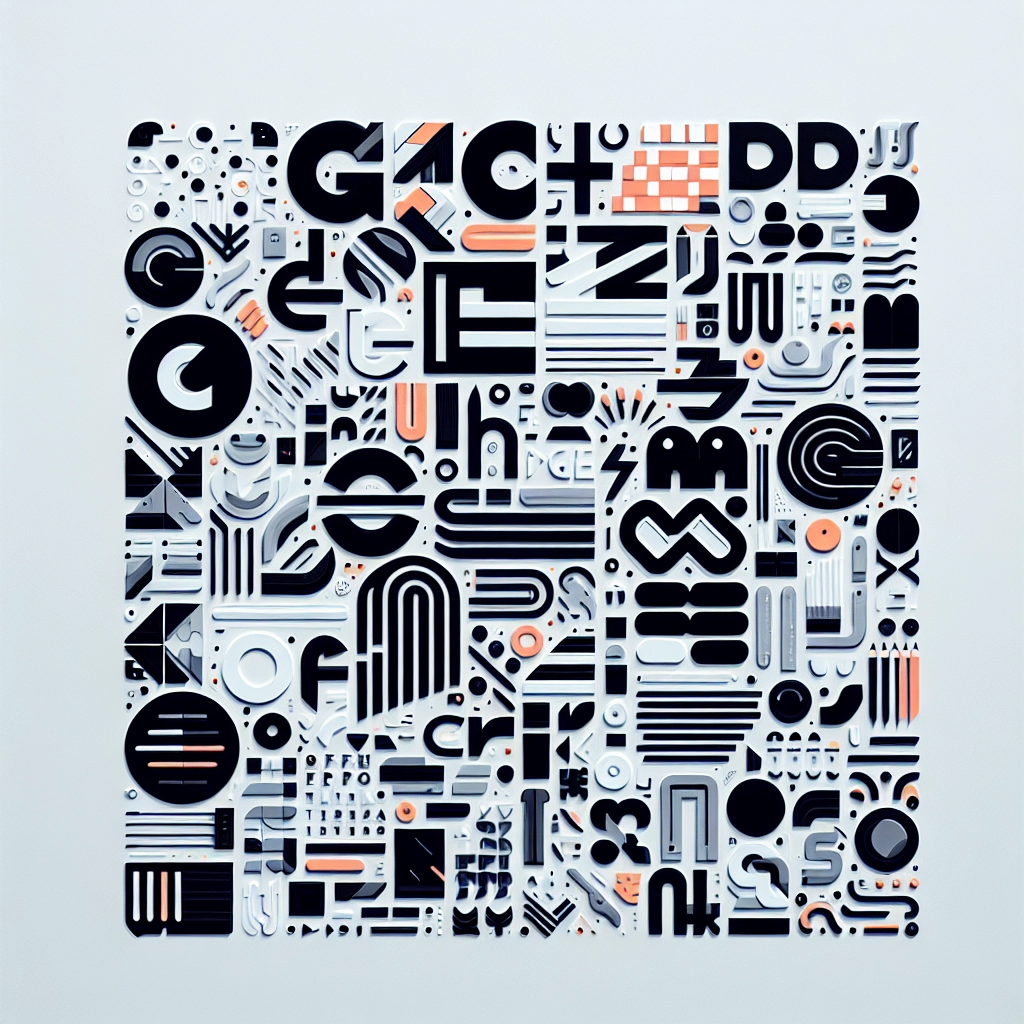Remember system fonts? Those familiar names like Times New Roman, Arial, and Courier New defined the early web, serving as the default visual language. They were once reliable choices, but in 2025, their relevance has diminished significantly. We rarely see system fonts used as primary typefaces anymore, except for specific types of applications that prioritize performance or minimalism. It’s not that they were bad; it’s simply that we’ve evolved as designers and now have far better options.
From Default to Discarded
For a decade, web design revolved around a handful of system fonts, and for many, using Georgia or Verdana felt edgy. The focus back then was on functionality rather than aesthetics. Fast forward to today, and system fonts are largely seen as an afterthought. The creativity of the web has outgrown such limitations, leaving system fonts in the background.
Nostalgia Isn’t Enough
While it’s important to acknowledge the foundational role that system fonts played in establishing web identity, their appeal has waned. Early on, they were seen as comforting and efficient, but that nostalgia fades when faced with modern requirements for unique, branded typography. Users often regard websites with only system fonts as lacking style.
The UX Case for Improved Typography
Typography constitutes a massive part of web design, shaping user experience more than any other design aspect. When designers settle for fallback fonts, it reflects a lack of care towards user experience. System fonts, while functional, lack the character needed for branding and storytelling. The deployment of custom fonts by companies like Apple and Google was tailored to enhance their brand identities, signaling that typography should be a core component of user experience and not an optional afterthought.
Speed Is Not the Only Metric
Although custom fonts can affect page load times more than system fonts, modern web performance isn’t significantly impacted by font files when compared to the myriad of JavaScript elements bundled into most sites. The tiny file size of modern fonts is negligible compared to the emotional and aesthetic value they add to web experiences.
System Fonts as Placeholders
Using system fonts today often indicates that design was not a priority. It’s akin to using placeholder text; it suggests typography was not fully considered until the end of the design process. While this may suffice for drafts or prototypes, letting system fonts govern your typography is a disservice to your brand’s voice.
Evolving Yet Unused
Interestingly, system fonts like San Francisco or Segoe UI have seen improvements in craftsmanship, boasting responsive and reliable designs. However, compatibility issues across different operating systems mean they are often not universally usable, which undermines their benefits in contemporary web design.
Reliance on System Fonts
While reliability may have its place in web design, relying solely on system fonts is misleading. Building on fonts that merely meet baseline expectations doesn’t reflect the quality or care one should strive for, especially when it comes to user experience.
Embracing the Future of Typography
The modern web offers a treasure trove of typographic possibilities. With advancements in variable fonts, web typography is more versatile than ever. Designers can now select typefaces that enhance the mood and tone of their sites—elements long overshadowed by the legacy of system fonts.
Conclusion
System fonts have their place for specific applications, such as admin dashboards or performance-critical apps. However, in most contexts, they shouldn’t be mistaken for a definitive design choice. If the goal is to communicate effectively and create a memorable experience, using a customized typeface that narrates your brand’s story is essential. The evolution away from system fonts is not just a nostalgic farewell; it represents progress in design.
System fonts can serve as a backup but should not define your design ethos. They are the quiet, forgettable extras of the web, and that’s exactly where they belong.
Welcome to DediRock, your trusted partner in high-performance hosting solutions. At DediRock, we specialize in providing dedicated servers, VPS hosting, and cloud services tailored to meet the unique needs of businesses and individuals alike. Our mission is to deliver reliable, scalable, and secure hosting solutions that empower our clients to achieve their digital goals. With a commitment to exceptional customer support, cutting-edge technology, and robust infrastructure, DediRock stands out as a leader in the hosting industry. Join us and experience the difference that dedicated service and unwavering reliability can make for your online presence. Launch our website.

